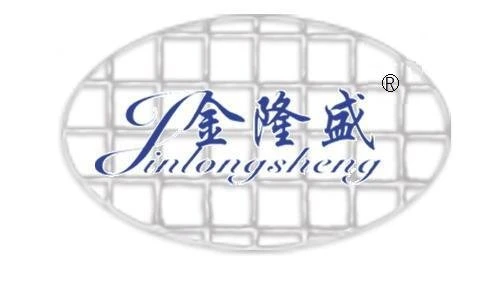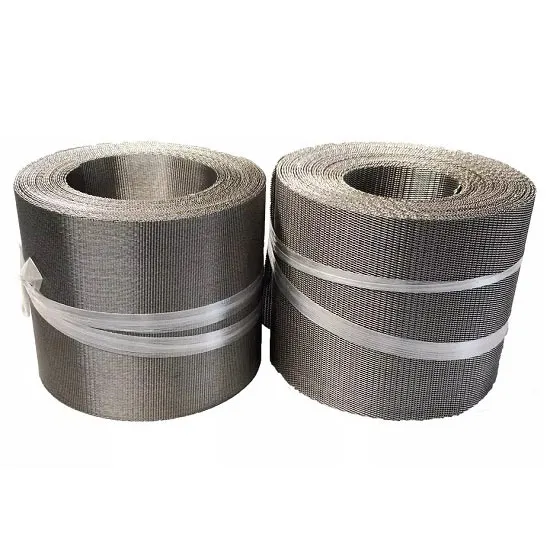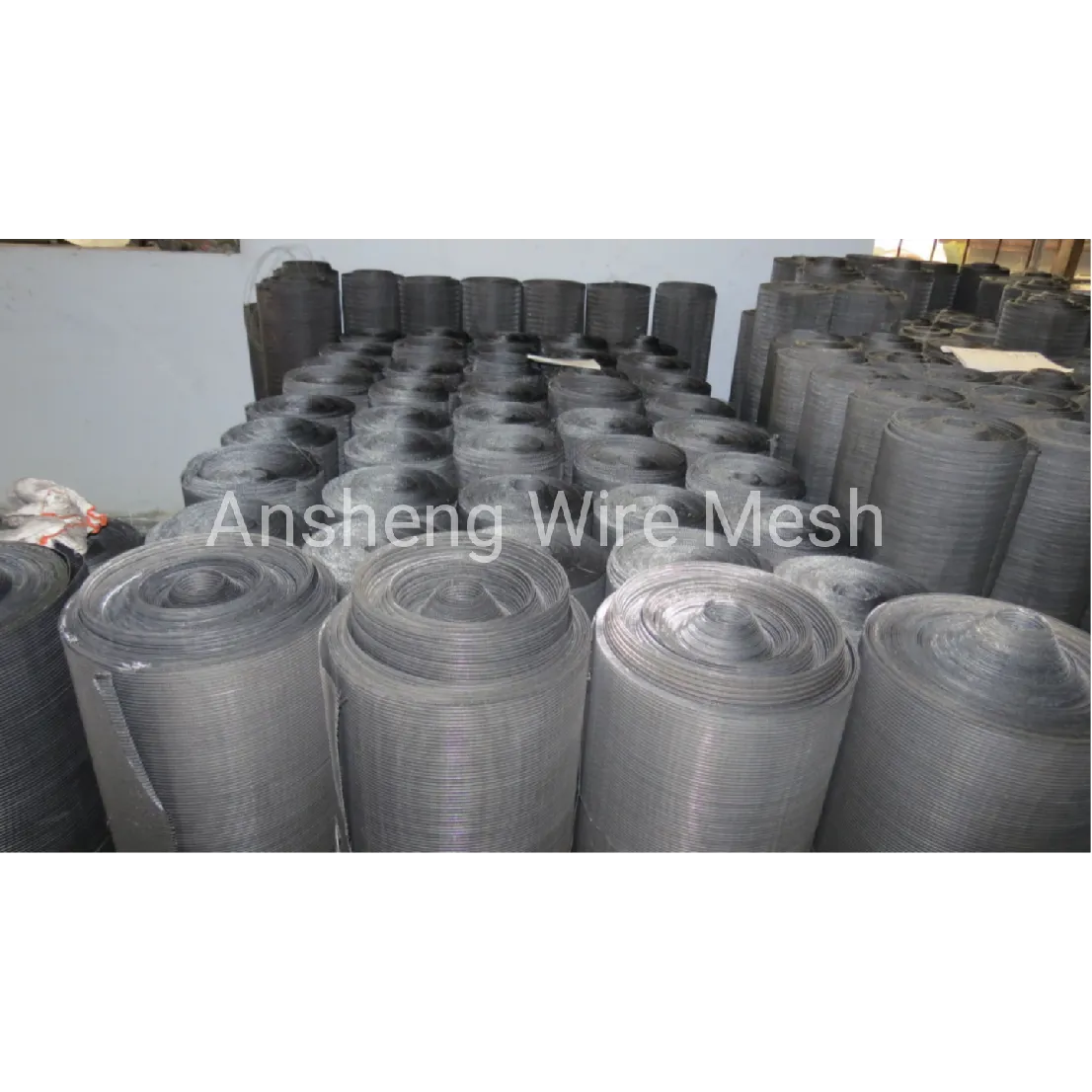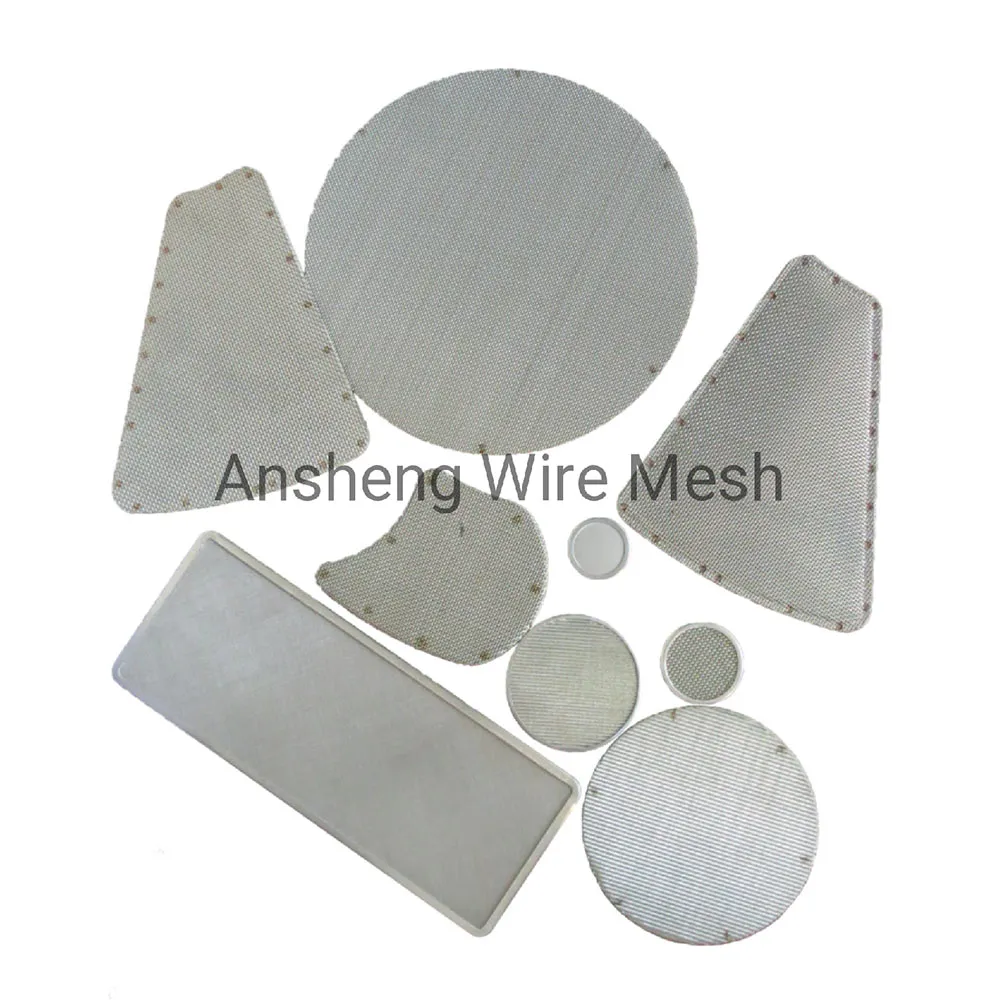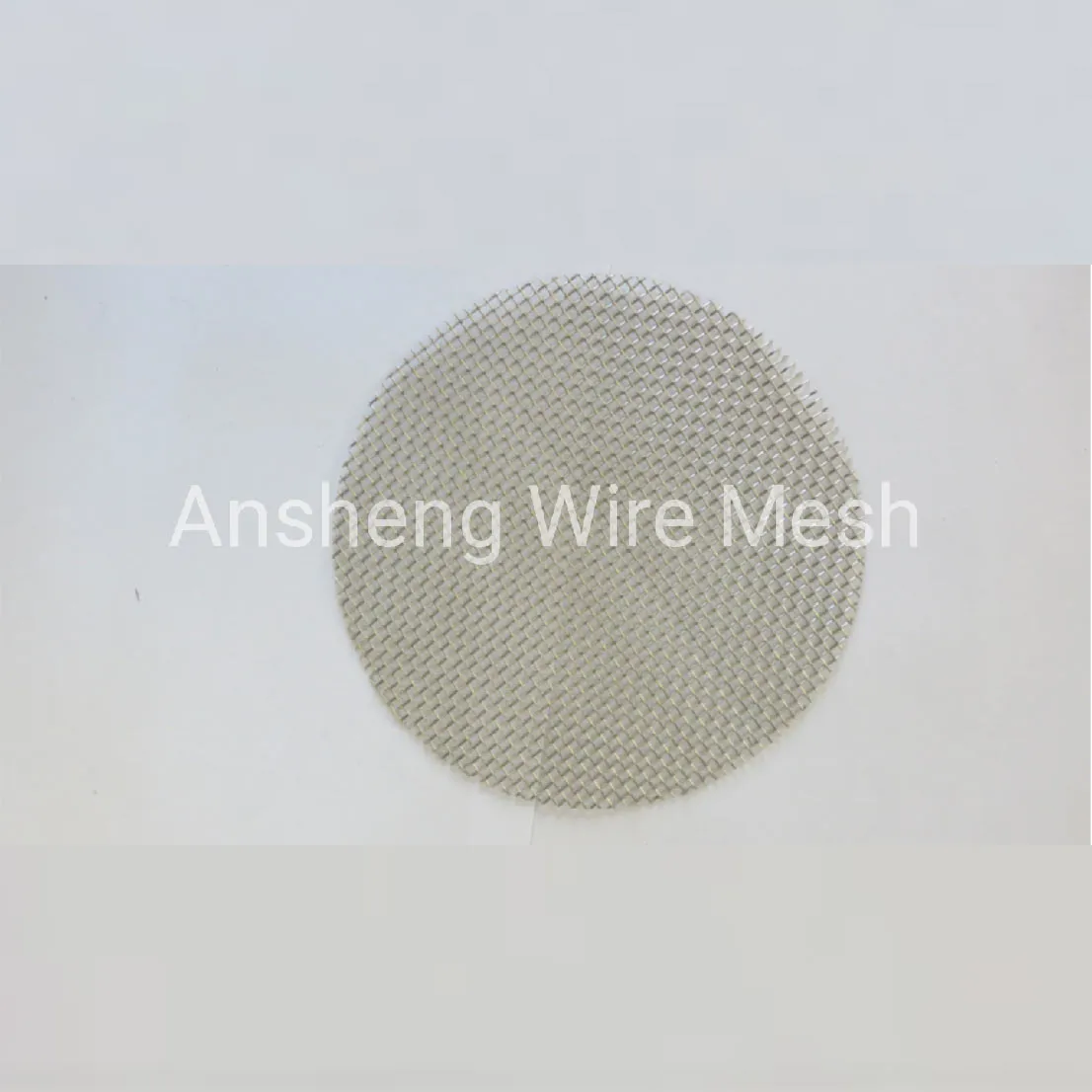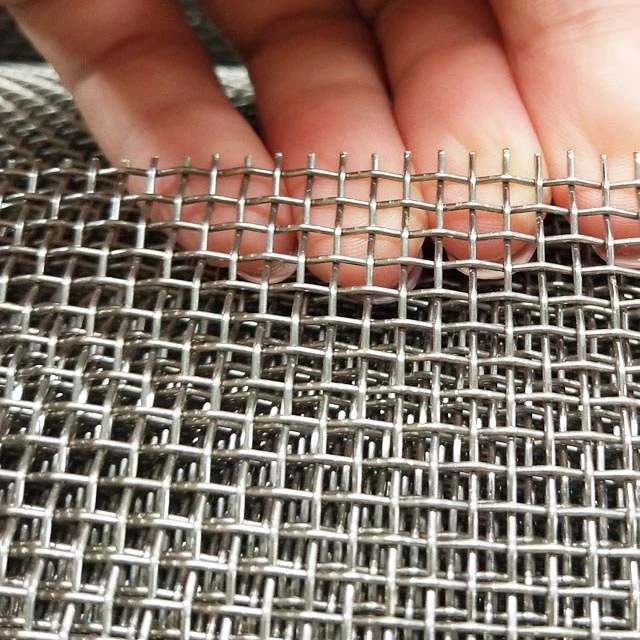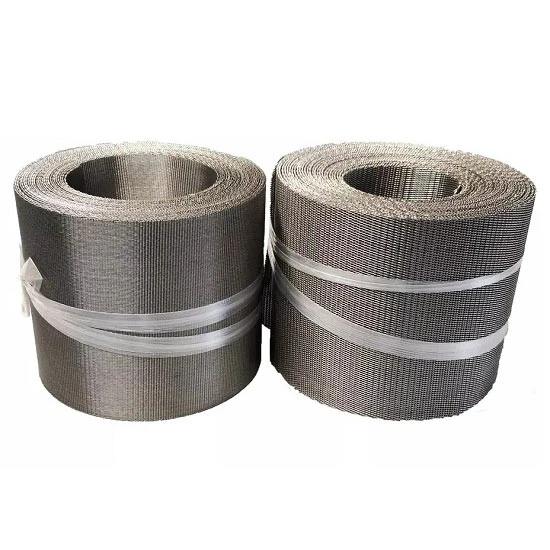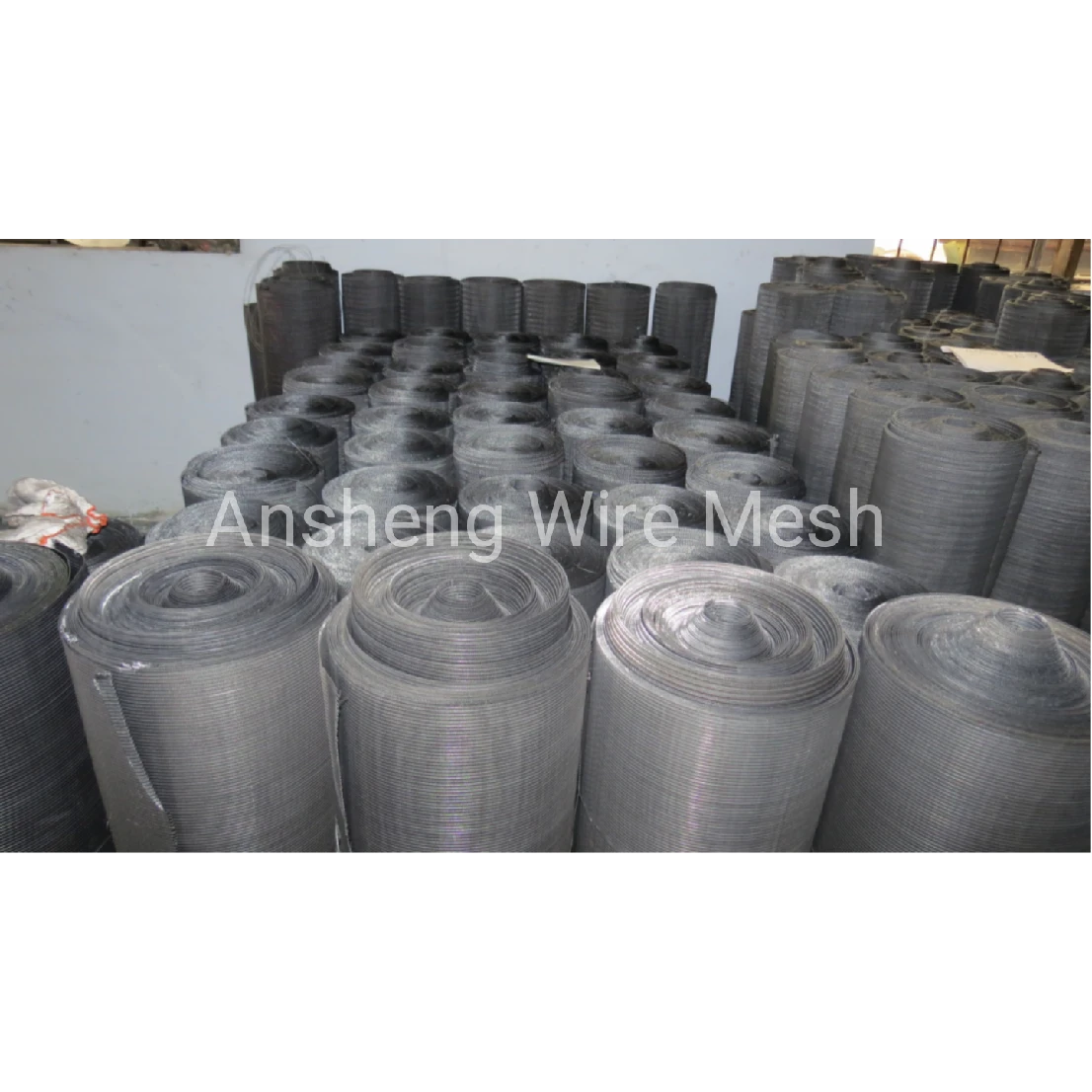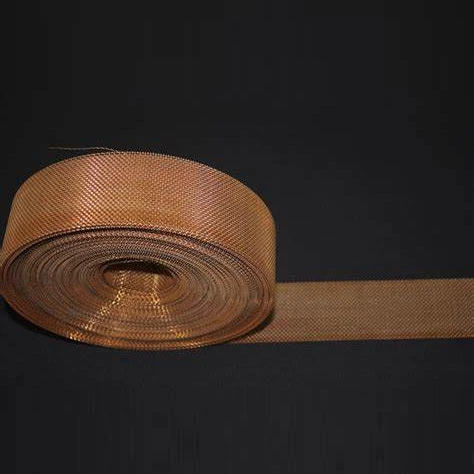Cylinder Filter Tube: What’s New, What Matters, and What Actually Works
If you’ve ever chased pressure stability in a tight footprint, you’ve probably landed on a cylinder filter. In factories and field rigs alike, this compact format keeps systems clean without the bulk of pleated cartridges. To be honest, I used to think all tubes were the same. Then I toured a welding line in Anping County and saw how seam accuracy, media bonding, and bubble-point validation can make or break a maintenance schedule.
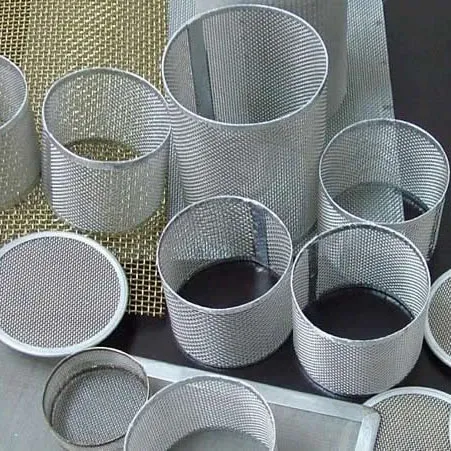
Industry trends I’m seeing
- Shift to 316L stainless and duplex grades for higher corrosion resistance in water treatment and offshore fluids.
- More sintered multilayer meshes for stable micron ratings under pulsating flow.
- OEMs asking for serialized QA, EN 10204 3.1 material certs, and ISO-based integrity testing—no surprises there.
Specifications (real-world use may vary)
| Parameter | Typical Range | Notes |
|---|---|---|
| Materials | 304/316L SS, Monel®, Inconel®, Hastelloy® | Choice depends on media compatibility (ISO 2943 guidance) |
| Micron rating | 5–500 μm (single or multilayer) | ASTM F316 bubble-point checked ≈ consistency |
| Diameter × Length | Ø20–200 mm × 50–1200 mm | Custom press forming; end-caps optional |
| ΔP @ rated flow | ≈ 5–40 kPa | Depends on viscosity; lab vs field can differ |
| Collapse pressure | ≥ 1.5–3.5 MPa | Per ISO 2941 methodology |
| Service life | 6–18 months | Media + solids load + CIP cycles |
Process flow and quality
Material selection → mesh cutting → spot/seam welding → press forming → end-cap welding → passivation → integrity testing (ISO 2942 bubble-point, ISO 16889 multi‑pass for β-ratio trends) → documentation (ISO 9001 lot traceability). Facility origin: No.346 Xinying East Street, Anping County, Hebei, China. Honestly, the weld cleanliness is what I look at first.

Where the cylinder filter shines
- Hydraulics and lube skids (steel mills, injection molding) for stable β-ratios.
- Water treatment and desal pre‑filters; lower clogging risk vs flat screens.
- Food & beverage, pharma (with FDA/EU compliant alloys and finishes).
- Petrochem transfer lines, solvent recovery, catalytic protection screens.
Vendor comparison (field-notes style)
| Vendor | Strengths | Watch-outs |
|---|---|---|
| Ansheng (Cylinder Filter Tube) | Custom welding (spot/seam), tight tolerances, quick prototypes, ISO 9001, 3.1 certs | Lead time can stretch during peak OEM runs |
| Vendor B | High-volume pricing | Limited alloy options; fewer QC datapoints |
| Vendor C | Great documentation package | Customization windows are narrow |
Customization checklist
Micron rating, diameter/length, mesh layers (sintered vs single), perforation pattern, seam type, end connections, surface finish (electropolish for sanitary), and cleaning protocol (CIP/SIP). Many customers say a small tweak—like thicker support mesh—extends the cylinder filter life by months.

Mini case study
A Midwest hydraulic OEM swapped pleated cans for a sintered 316L cylinder filter (40 μm) on a 120 L/min circuit. Result: ΔP at nominal flow dropped from ≈33 kPa to ≈18 kPa; maintenance pushed from 5 to 9 months. The maintenance lead told me, “surprisingly, weld seams held up better under shocks than our old crimps.” Multipass testing showed β40 ≥ 200 after 10^6 pulses—good enough for their warranty targets.
Compliance and testing
ISO 9001 quality system; integrity per ISO 2942; compatibility per ISO 2943; structural per ISO 2941; efficiency trends via ISO 16889 multipass; bubble point and permeability per ASTM F316. Food-contact requests often reference FDA 21 CFR and EU 1935/2004—ask for documentation upfront, I guess that saves a week.
Final take
If you need compact, cleanable filtration with predictable pressure drop, a well-built cylinder filter is still the pragmatic choice. The trick is matching alloy, seam, and mesh to your fluid and duty cycle—and insisting on test data, not just datasheets.
- ISO 16889: Hydraulic fluid power—Filters—Multipass method for evaluating filtration performance.
- ISO 2941/2942/2943: Verification of collapse/bubble-point integrity and fluid compatibility.
- ASTM F316: Standard Test Methods for Pore Size Characteristics of Membrane Filters by Bubble Point and Mean Flow Pore Test.
- ISO 9001: Quality management systems—Requirements.
- EU 1935/2004 and FDA 21 CFR for food-contact materials (applicability depends on use).
Post time: Oct . 16, 2025 15:25
